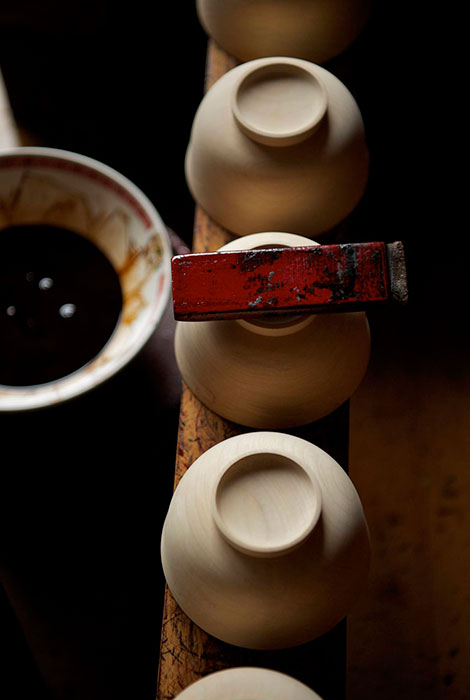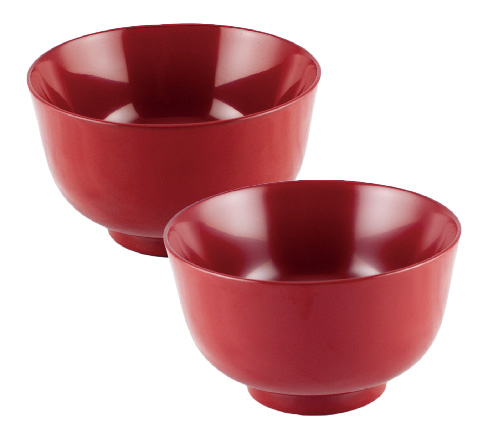About Kawatsura Lacoquerware-High quality products fpr everyday use.

Kawatsura lacquerware has a long history. It is said that the tradition began with the lacquering of armor and sheaths for swords around 800 years ago. The end of the Edo Period saw the flourishing of lacquerware for objects such as wooden bowls, small tables, boxes for valuable and precious objects and also the luxurious chinkin and maki-e inlay decorative products. These were traded inside Japan across feudal kingdoms as well as sent overseas, providing much wealth to the sort after master craftsmen. Nowadays, although no where near what it was long ago, the tradition of lacquerware has been quietly maintained in a few select areas of Japan and is a source of income supporting the local economy in rural areas. In Kawatsura, the skills and knowledge of the art have been handed down generations of makers who are careful to protect the tradition of polite and honest manufacturing. It has been decided to make items affordable so that can be used and enjoyed in the everyday and the charm of Kawatsura wares are known and used by a wide range of customers. The characteristic warm colors of Kawatsura lacquer, unlike regular tableware, grows in luster and color with its continued use. A particular trait of Kawatsura ware is also the thickness of the final lacquering making a robust product. Born from simplicity, crafted from wood and then coated with sap from the Sumac tree, as consumers we can have faith that this is a natural product embodying a natural beauty as well as durability and antibacterial qualities. The ultimate charm of lacquerware is the ability to refresh your wares with subsequent lacquering, creating objects that can be used for a lifetime and passed onto future generations. We can feel the joy of using a quality and beautiful product and then passing this product on if we so wish. This is how we think of our Kawatsura lacquerware, a philosophy of product design for our everyday living.
